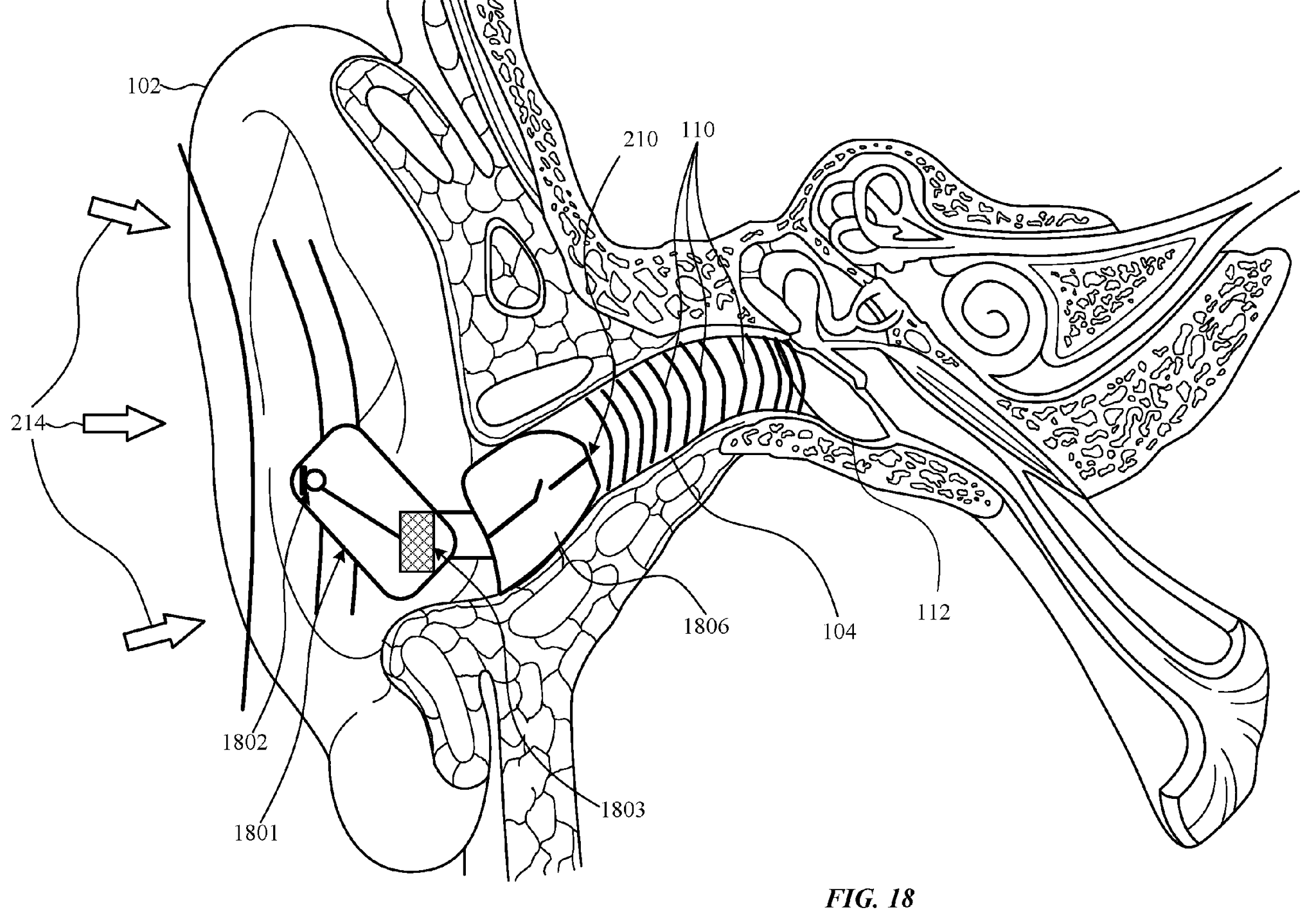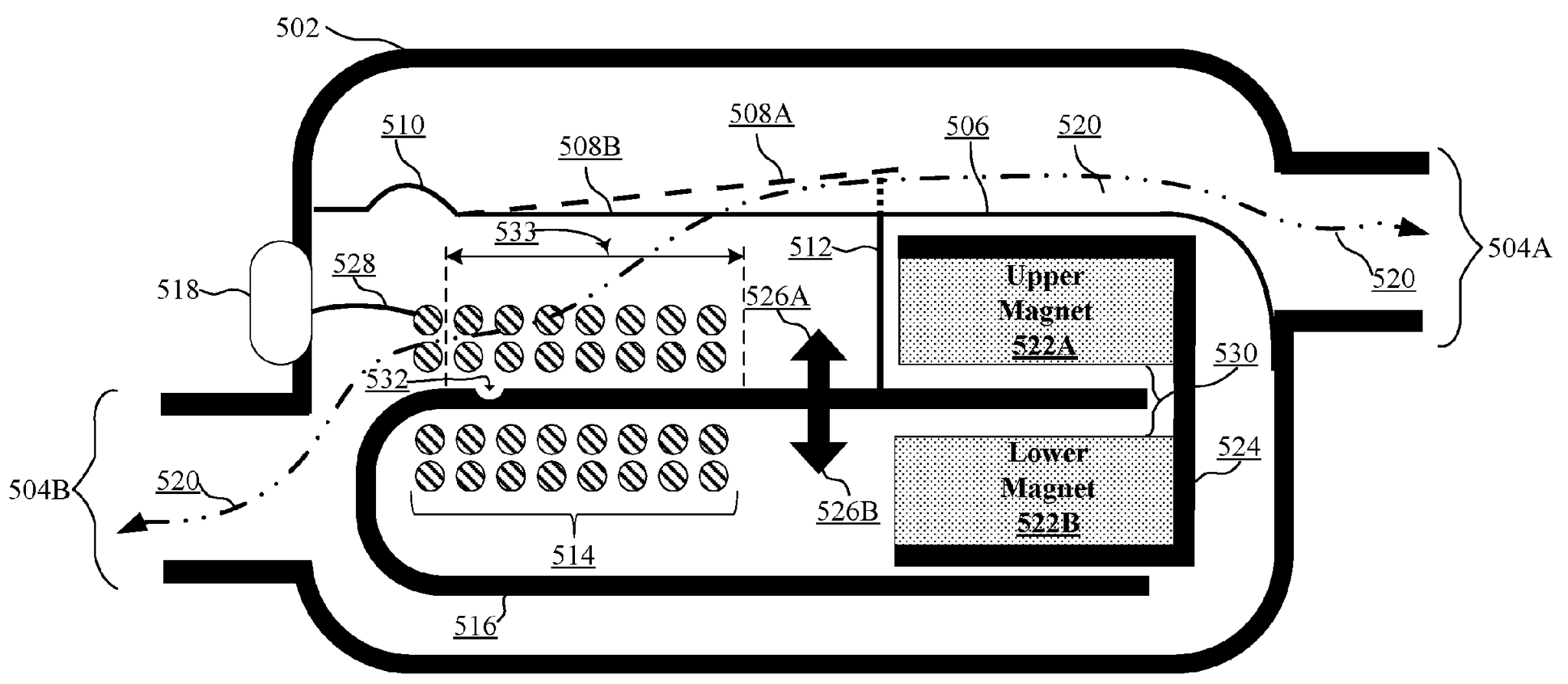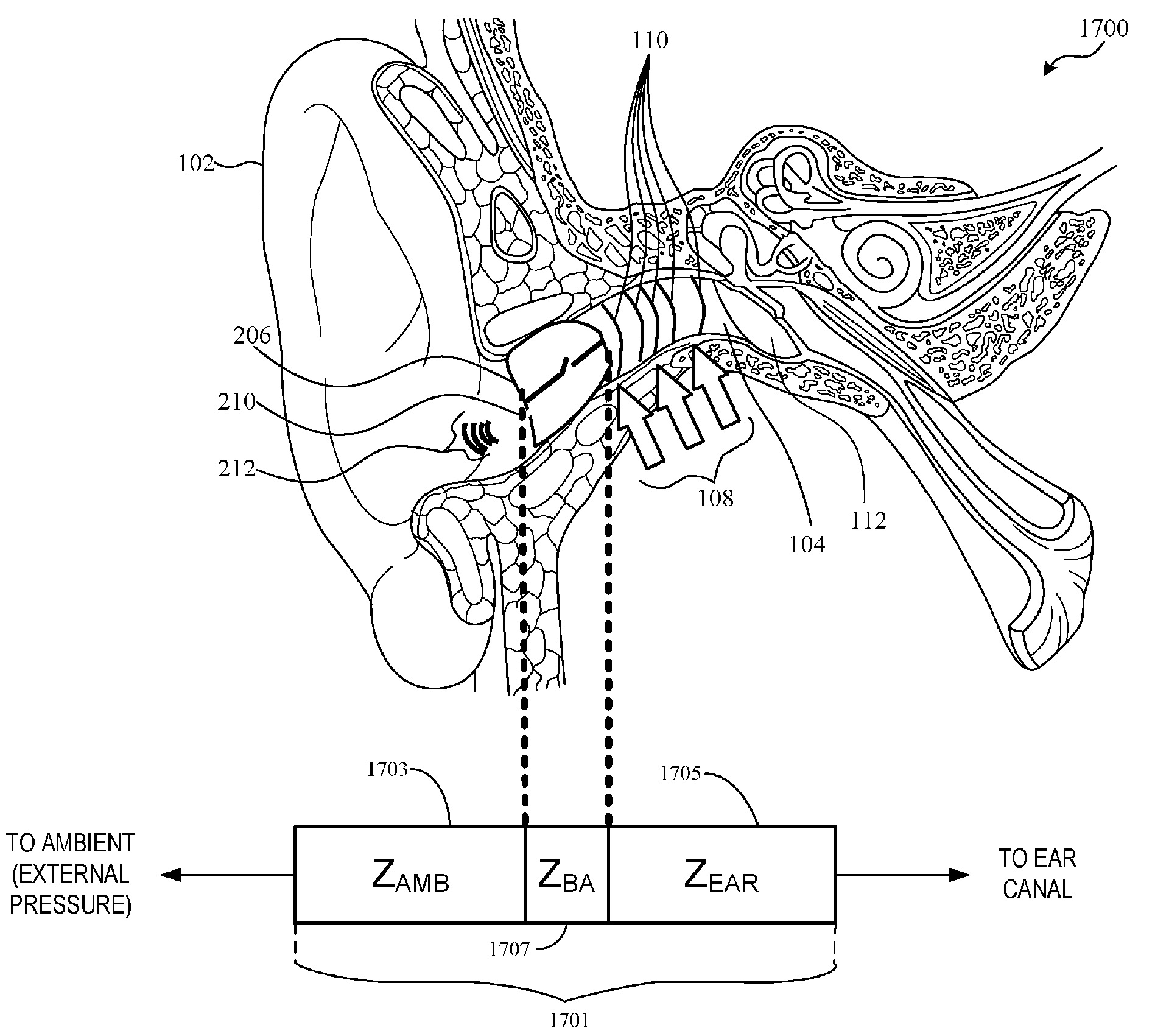
The United States Patent and Trademark Office on Thursday published Apple’s patent filing for an “In-ear speaker hybrid audio transparency system” that would give future AirPods an advanced noise-cancelling system not unlike that on Bose headphones, but with a twist.
Currently, AirPods lack noise cancellation.
Apple’s proposed take on noise cancelling and management solutions—sometimes referred to as audio passthrough—would let users selectively drown out, or listen in on, sounds from the ambient environment, as explained by AppleInsider.

In typical earphones that seal the ear canal, power-hungry microphones and digital sound processing are used to reduce unwanted sound by creating a second sound specifically designed to cancel the first. When you want to hear what’s going on in your surroundings, passthrough systems integrate external sound captured by microphones into the audio signal.
The publication notes that this method has its drawbacks because sealing off the ear canal leads to amplified echo-like sounds of a user’s own voice or other sounds like those created by body movement.
This is known as occlusion or isolation effects.

Apple’s invention would let future, fully sealed AirPods reduce unwanted noise and sounds, but without the occlusion effect. The filing mentions using an acoustic pass valve, or valve flap, which could be opened or closed as needed by a tiny on-board motor.
From the article:
Occlusion effects can be largely negated by venting the valve (into the stem of an earbud, for example) during a phone conversation. Alternatively, the valve can be closed when a user is listening to music, thus isolating audio content from outside noise.
At any rate, a physical valve is more power efficient than constant digital sound processing.
Valve actuation could be automated by way of interpreting data from the AirPods on-board sensors. For instance, microphones and voice accelerometers could detect when a user is speaking into the earphones, triggering valve operation. Other embodiments would trigger valve operation based on audio signals gathered from the ambient environment.

Furthermore, if on-board motion sensors detect that you are currently performing a physical activity, Apple’s system could vent the valve so that you’re more aware of the sounds in your environment, like car traffic or other people.
Another excerpt from the AppleInsider article:
In addition to passive venting, Apple describes a sound augmentation system that operates in a similar fashion to existing passthrough technology. Activated only when the headphone valve is open, the sound augmentation system picks up audio from an external microphone, adjusts its frequency and delivers it to the user. The goal is to reproduce ambient sound to a user as if they weren’t wearing headphones.
The system would even equalize pressure during aircraft takeoffs and landings by regulating ear pressure in your ear canal. Apple’s invention was first filed for in January 2016 and credits engineer Scott C. Grinker as its inventor.